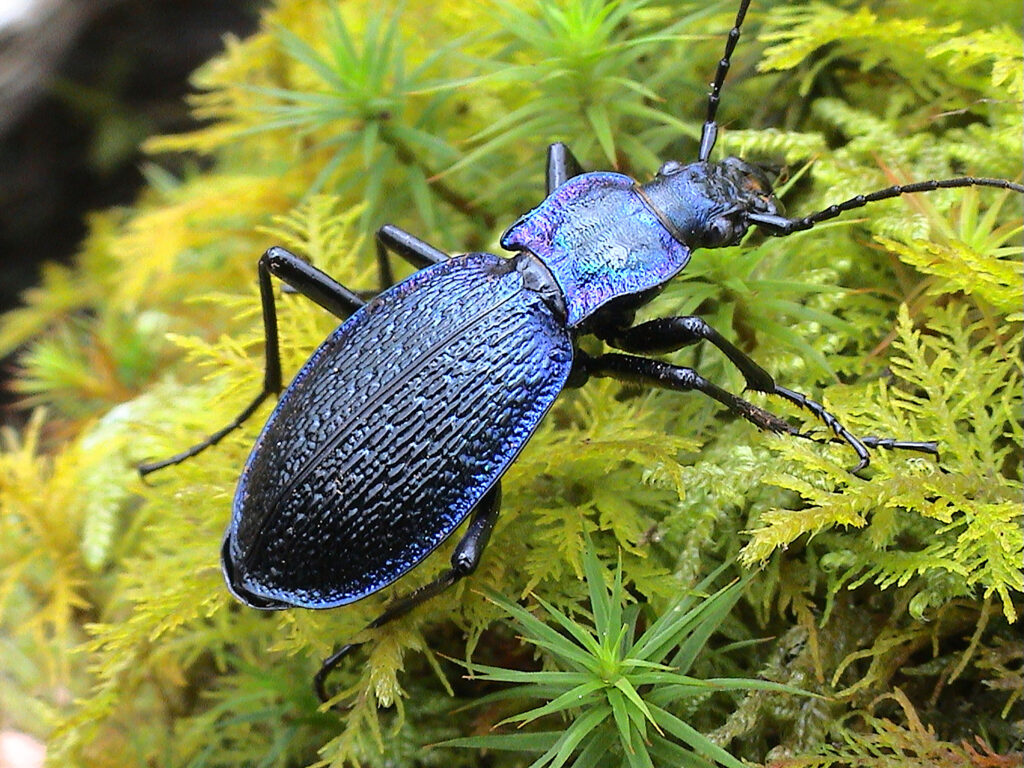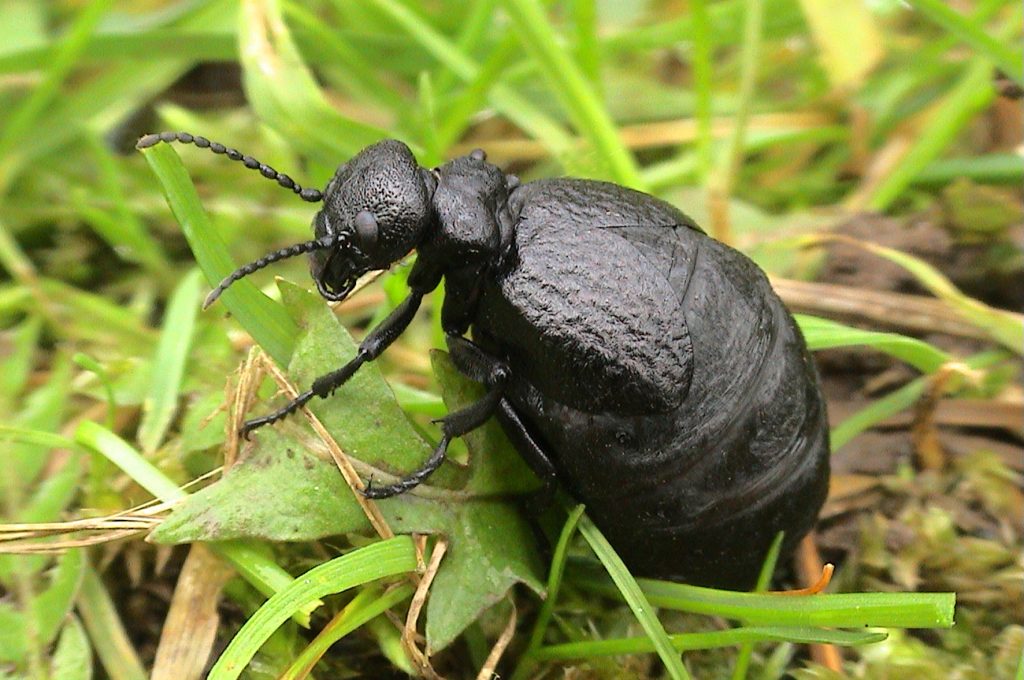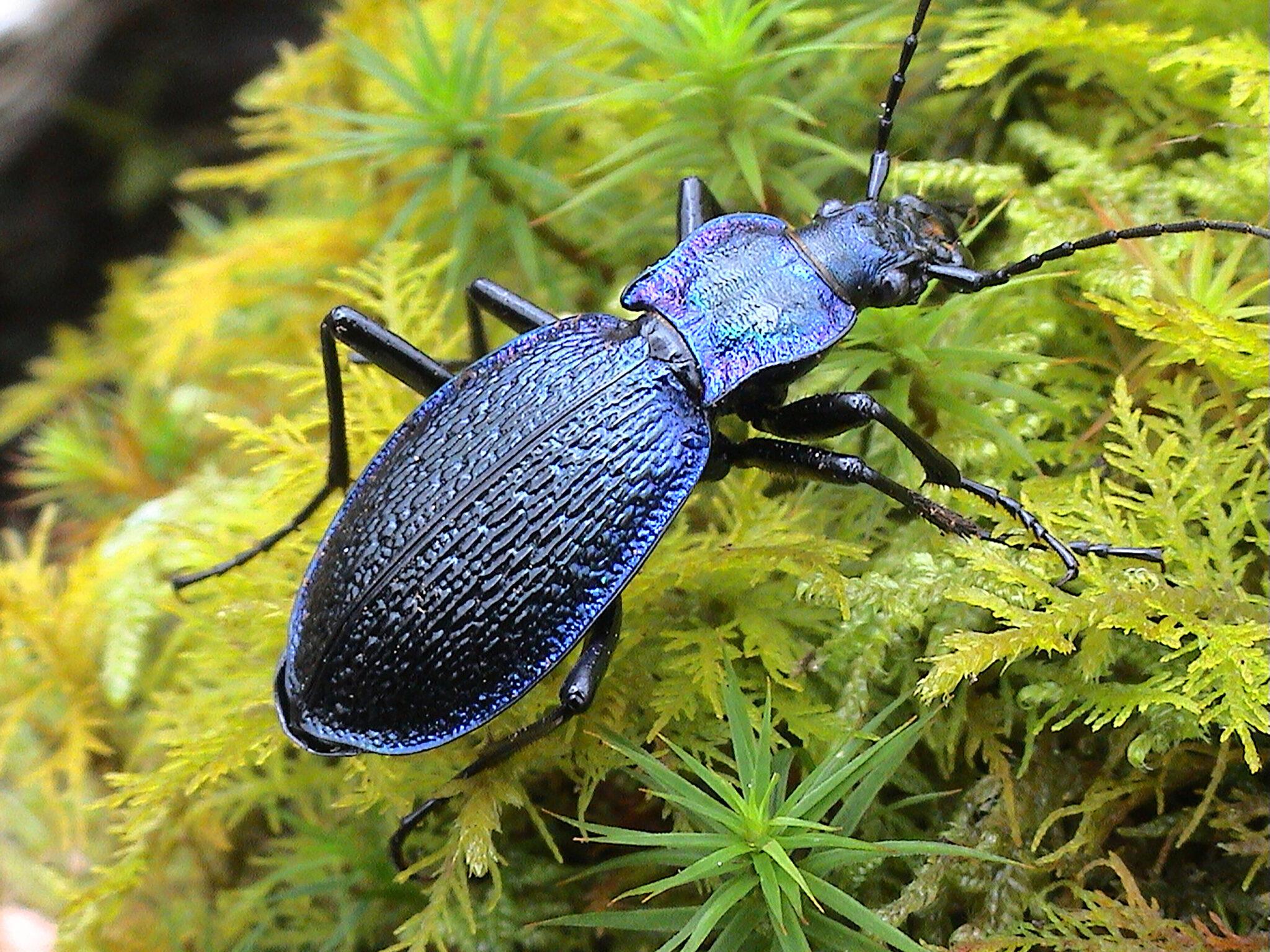To be written through consultation when we have confirmed speciesA group of similar organisms that can breed and exchange genes. More groupings. This will then explain what this group includes e.g. beetles, lace bugs, weevils etc.
Bugs and beetles
1. About
Key pressures and opportunities
2. What we need to do and where
Priority
Focus species
See Find out more below for where to find detailed speciesA group of similar organisms that can breed and exchange genes. More records.
Lizard weevils
Cathormiocerus attaphilus, Cathormiocerus maritimus, Cathormiocerus myrmecophilusRead about this group on the north and south coastal invertebrates page.
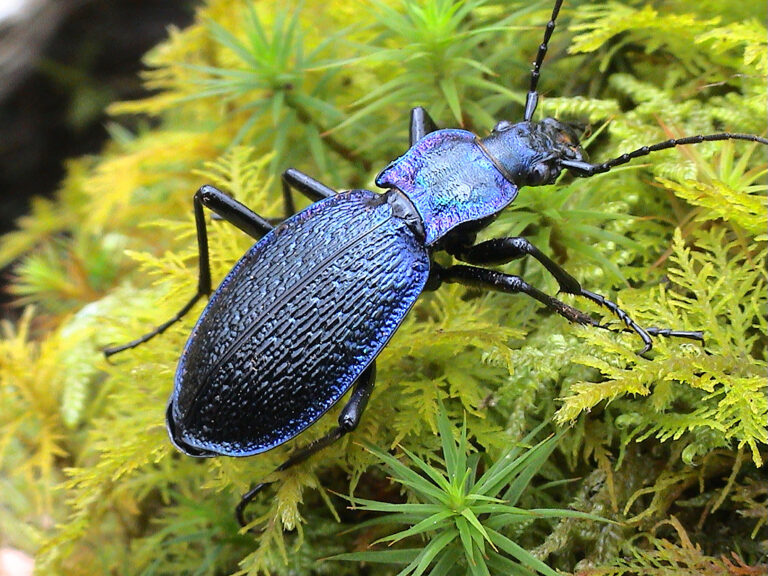
Blue ground beetle
Carabus intricatusThe blue ground beetle is Britain’s largest beetle. It likes mild conditions and is found in the south-west of England and south Wales in old, damp woodlands and wood pastures that have a sparse shrub layer and lots of dead wood and slugs.
Adults and larvae both eat slugs, mainly the tree slug and the ash-black slug, which the adults hunt for on tree trunks at night. It’s thought they lay their eggs in the soil. They hibernate under bark or in dead wood on trunks, branches and stumps.
Over half of the blue ground beetle sites are in Devon. The largest is in the upper Dart valley and there are others in the upper Bovey valley and Dendles Wood, with smaller colonies known from Ivybridge, Houndstor Woods, Shaugh Priors and the Tavistock area.
One of the reasons blue ground beetles are so rare is because they can’t fly and so can’t move between fragmented habitatsThe natural environment in which an animal, plant or other organism lives. More. The woods they live in are unlikely to be at threat from loss, so a key issue is their condition, including loss of dead wood and invasive speciesA group of similar organisms that can breed and exchange genes. More such as rhododendron. Most of the beetle’s breeding sites are in favourable condition. However, as Devon is a national stronghold for the speciesA group of similar organisms that can breed and exchange genes. More and as work needs to continue to manage and expand its habitatsThe natural environment in which an animal, plant or other organism lives. More, the blue ground beetle is listed as a Focus SpeciesA group of similar organisms that can breed and exchange genes. More and a Devon Special SpeciesLorem ipsum dolor sit amet consectetur adipiscing..
Actions
Manage and expand Dartmoor oak woods and wood pastures creating an open structure with standing dead wood for blue ground beetles.
- Keep standing and fallen dead wood and eradicate invasive speciesA group of similar organisms that can breed and exchange genes. More such as rhododendron. Where appropriate, lightly graze sites to maintain a sparse shrub layer.
- Expand sites that support current populations to create new habitatThe natural environment in which an animal, plant or other organism lives. More and allow the beetle to disperse.
Monitoring and research
- Continue to monitor and research blue ground beetle populations.
Where to focus action
Temperate rainforestVery damp, often ancient woodlands where mosses, lichens, liverworts and ferns grow in abundance, in... More restoration areas in western and southern Dartmoor. See Mapping.
Roundhead roughneck rove beetle
Rugilis subtilisThis nationally threatened beetle is only found in Sussex, Buckinghamshire, Cambridgeshire and Devon. It likes dry, species-rich grasslands on chalk or limestone soils.
All three of its sites in Devon are on the Torbay limestone grasslands, where it’s sometimes found under reptile mats. However, it’s thought one site has been lost to housing (where – check this) and the other two may be threatened. A key issue is lack of grazing as it’s hard to graze the urban Torbay sites. See Grasslands for more information.
Actions
Maintain open Torbay limestone grasslands for the roundhead roughneck rove beetle.
- Use scrubLand with thick vegetation that includes wildflowers, grasses, shrubs and trees of different ages an... More control, and light grazing where possible, to manage and expand a connected mosaic of coastal grasslands with short swards and bare patches.
- Manage and monitor new habitatsThe natural environment in which an animal, plant or other organism lives. More and mitigate the impacts of development.
Monitoring and research
- Monitor the roundhead roughneck rove beetle population to inform conservation action.
Where to focus action
Torbay limestone coastal wildbelt. See Mapping.
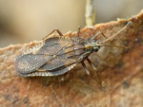
Apple lacebug
Physatocheila smreczynskiiThe apple lacebug feeds on the sap of apple trees in orchards and wild crab apple trees in open woodland, wood pasture and on outgrown hedgebanks. They particularly favour old trees in relatively open, unshaded situations with clean air that allows lichens to grow on their branches. Adults overwinter under the bark or in rotten wood and emerge in May to mate and lay their eggs on fresh leaves.
The apple lacebug population has contracted sharply across the UK. All recent records are from Devon and Cornwall and there are none from its former sites in southeast England. There’s been no systematic survey for the apple lacebug and its only known sites in Devon are Ashclyst Forest CWSCounty Wildlife Site More, Compton Castle CWSCounty Wildlife Site More and Sydenham Damerel near Tavistock.
Actions
Manage and expand orchards with apple lacebugs maintaining dead wood.
- Manage sites that support apple lacebugs, and traditional orchards near to these sites. Focus on over-mature and veteran apple trees and keep dead wood.
- Expand existing orchards and create new orchards, especially in areas close to current populations.
Survey and research
- Carry out surveys to learn more about the distribution and ecology of the apple lacebug.
Where to focus action
Deadwood invertebrates
Link to Deadwood invertebrates webpage.
Dung invertebrates
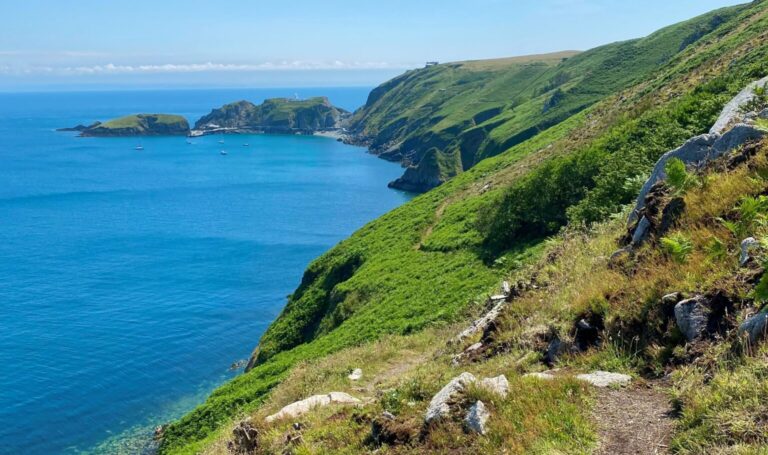
Lundy coast invertebrates
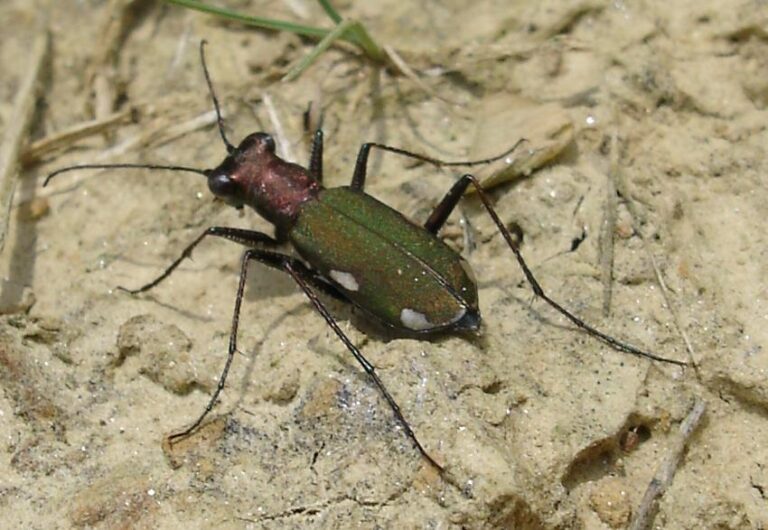
Cliff tiger beetle
Read more on the Sidmouth to Dorset coastal wildbelt webpage.
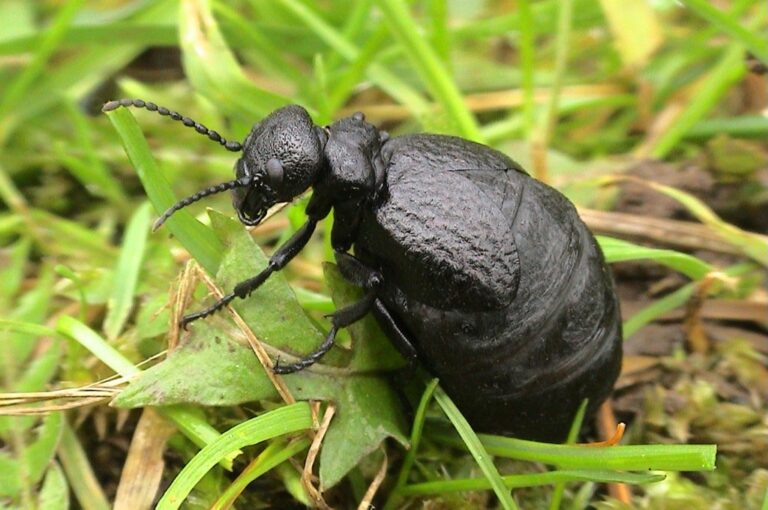
Oil beetles
Link to Start Point to Bolt Tail invertebrates webpage.
Sand dune invertebrates
Link to sand dune invertebrates webpage.
Actions for all bugs and beetles
Consultation question: Should we include some generic actions for insects e.g. dead wood, long grass, mosaics?
Consultation question: Should we include an infographic?
Habitat management
Bugs and beetles are found in all habitatsThe natural environment in which an animal, plant or other organism lives. More across Devon and will benefit from the actions outlined in the habitatsThe natural environment in which an animal, plant or other organism lives. More pages. See Habitats for links.
Anyone who manages habitatThe natural environment in which an animal, plant or other organism lives. More with rare bugs and beetles should be aware of their needs. For more information see the list of Devon Species of Conservation Concern and Find out more below.
3. Inspiration
Case studies
There’s lots of great work going on across Devon for bugs and beetles. For example:
Oil Beetle Recording Scheme
Oil beetles were the subject of a SpeciesA group of similar organisms that can breed and exchange genes. More Recovery Programme run by Buglife that started in 2019. The programme aimed to strengthen populations and increase our knowledge of their distribution, ecology and conservation needs. Although it’s finished, there is still an Oil Beetle Recording Scheme.
Add more Buglife links e.g. blue ground beetle
4. Find out more
British Bugs has an online identification guide to UK Hemiptera, where you can also record sightings of bugs in Britain.
John Walters has a website with information on oil beetles, including how to identify them.
Buglife has a guide to identifying blue ground beetles.
The National Oil Beetle Recording Scheme collates records for oil beetles.
Dr Ross Piper has published a guide to saproxylic beetles, including how to identify them.
Buglife’s report, Britain’s Endemic Invertebrates, includes information on bugs and beetles.

